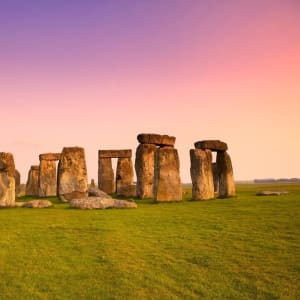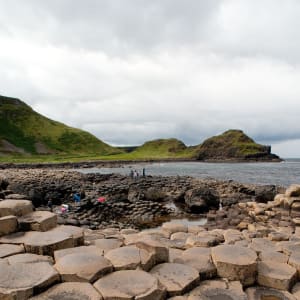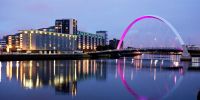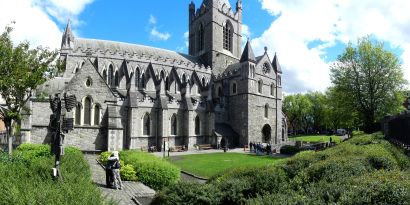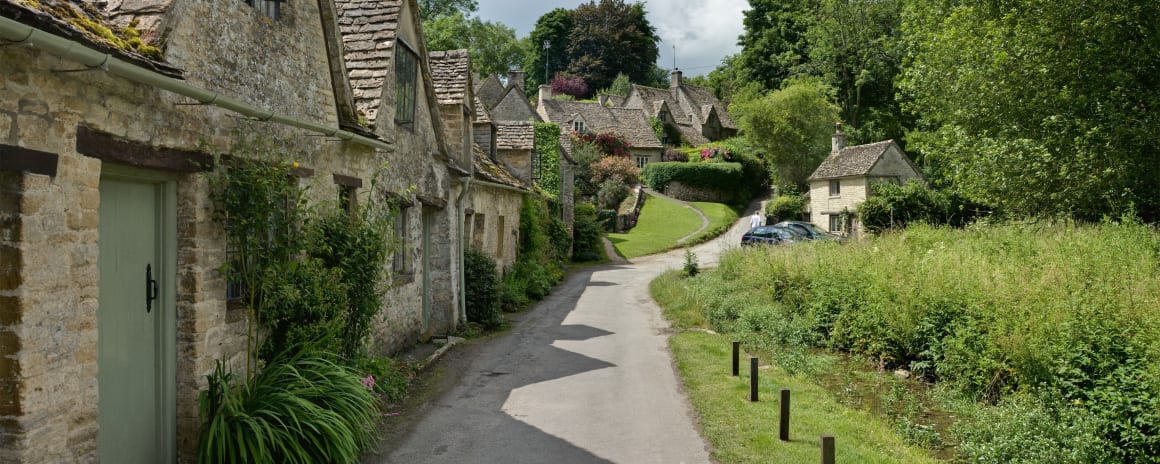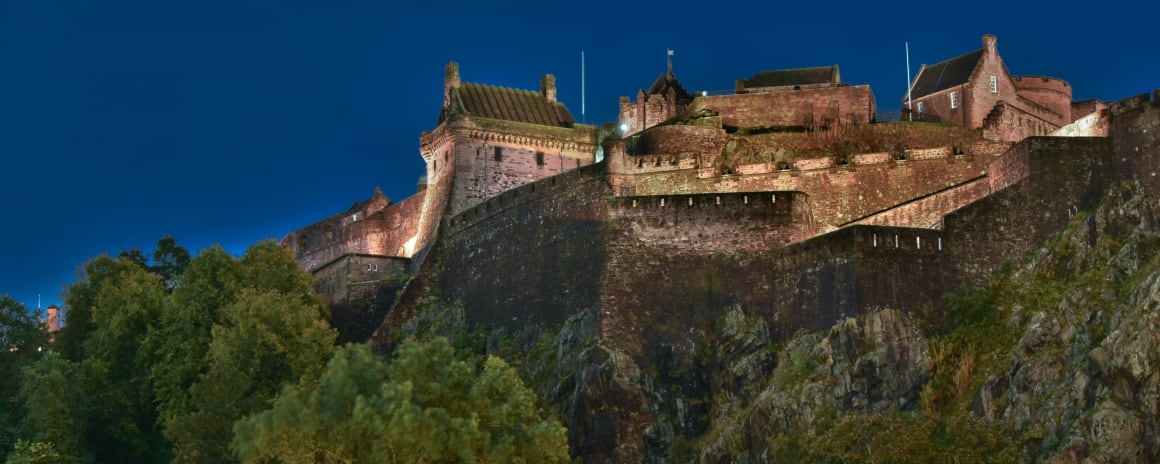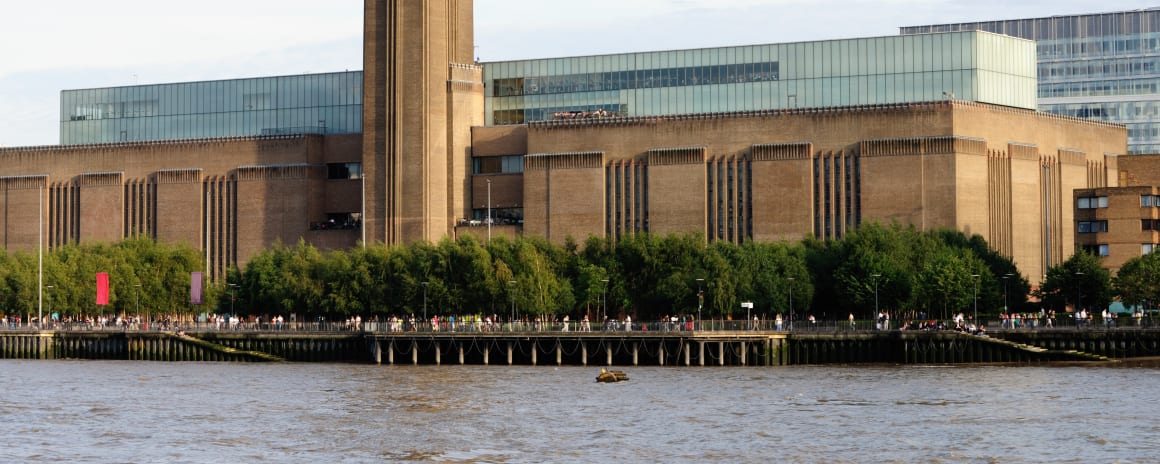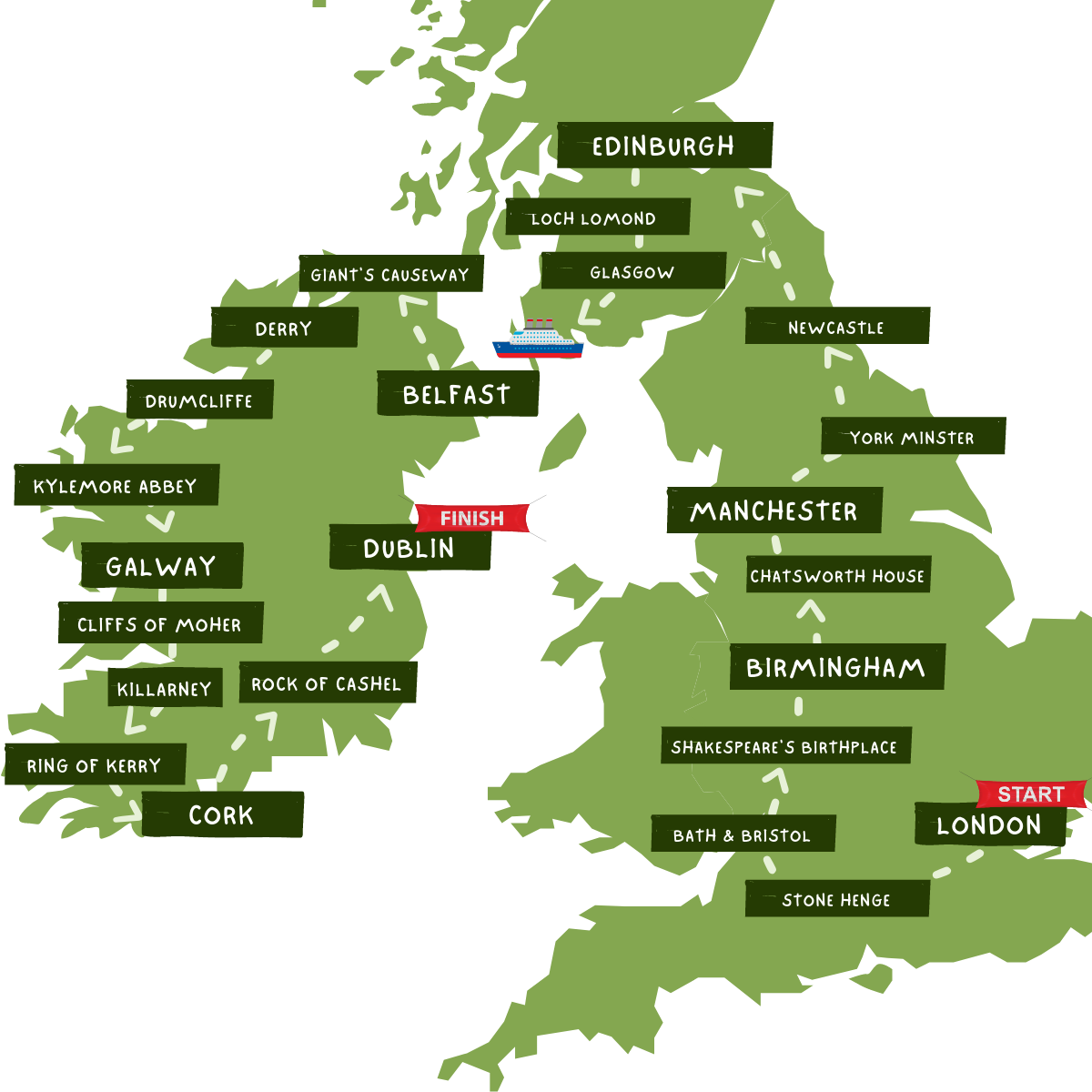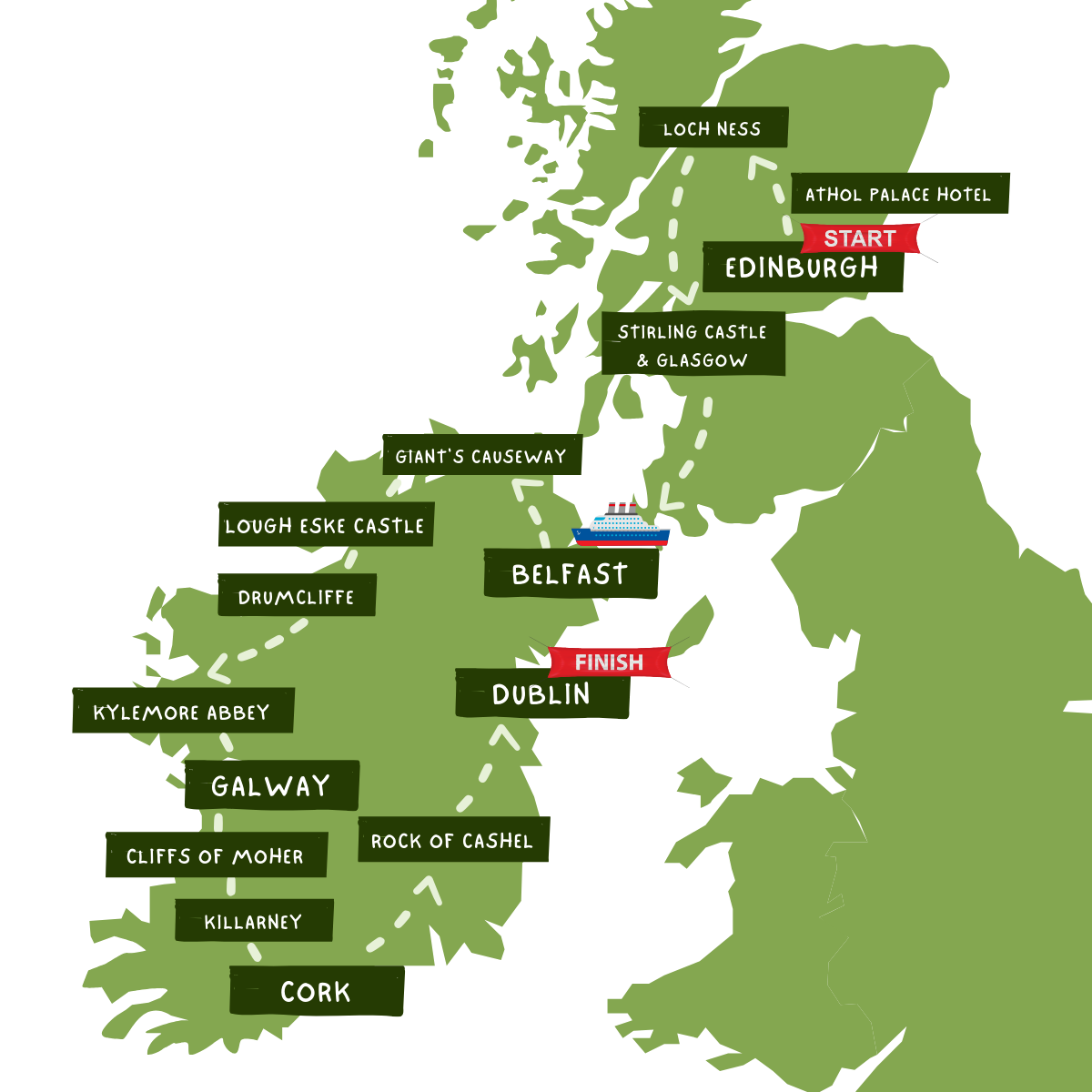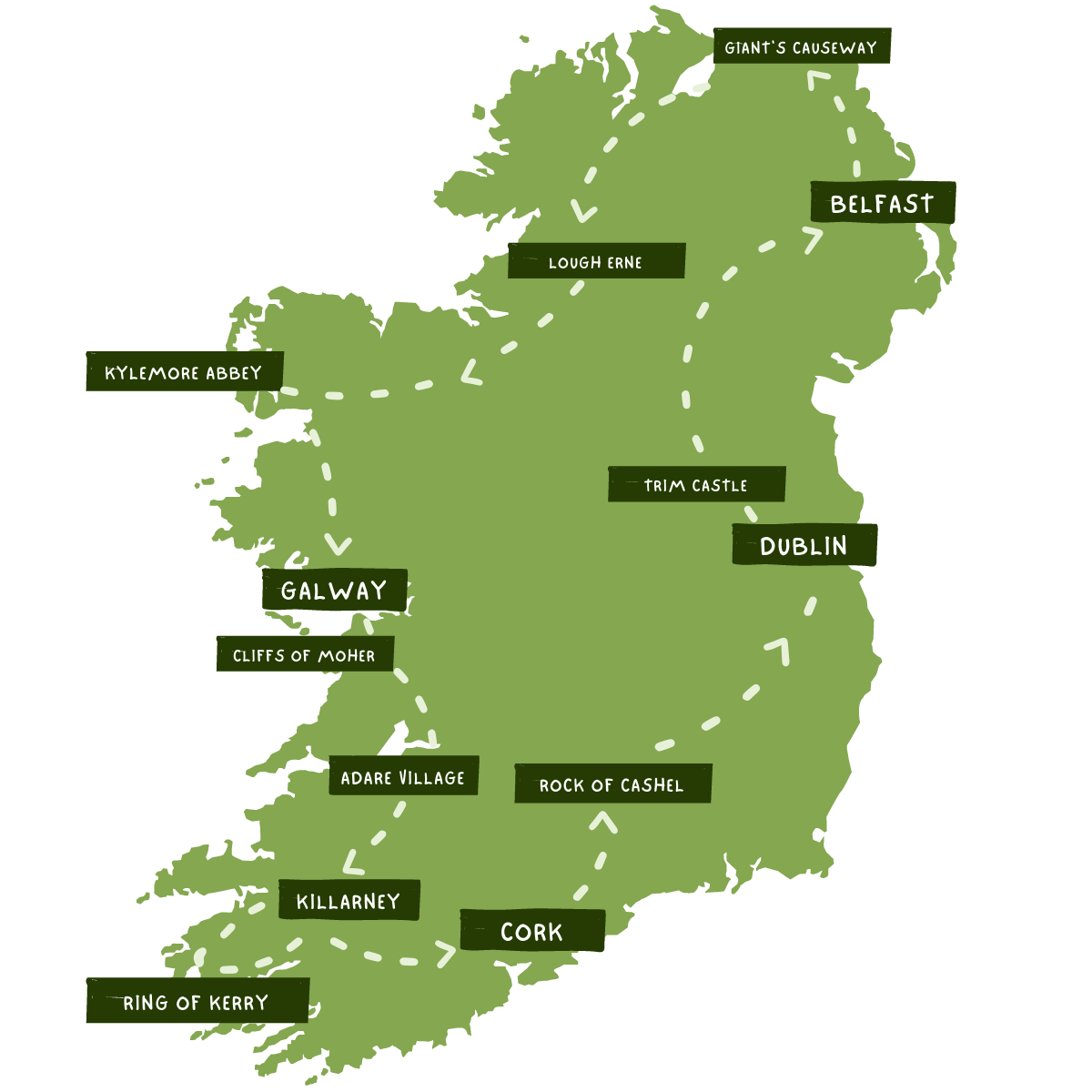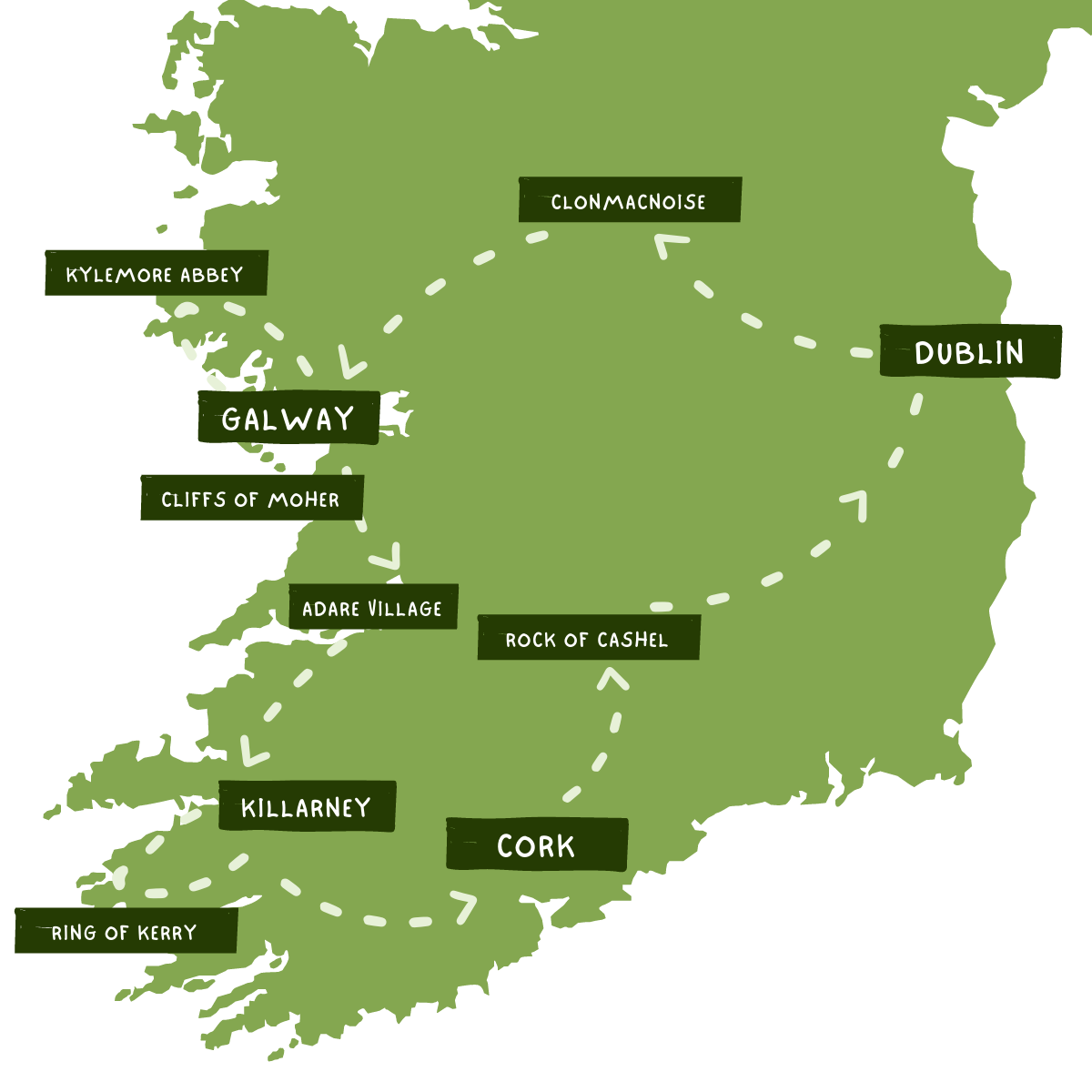Information for tourists in England
England boasts a long and fascinating history, and this is widely reflected in its tourist attractions, from ancient Stonehenge to the Tower of London. There are countless historical sites and landmarks to explore. Whether they're guided or self-drive, tours of England usually start in London, where you will see lots of the country's heritage and pageantry in full colour. Before heading north, most tours will first head west to Salisbury, where you will find Stonehenge.
Landscape and cities
England is a must-visit destination for anyone who loves to get outdoors. Even if the weather is not the UK's most alluring feature! From the rolling hills of the The Cotswolds and the rugged The Lake District to the scenic coastlines and national parks, England offers a wide range of natural beauty.
For those who prefer to be amongst the people, England is very densely populated and has many burgeoning cities, each with their own culture and character. London, the capital, is known for its iconic landmarks like Big Ben, Buckingham Palace, and the London Eye. Other notable cities include Manchester, birthplace of the industrial-revolution; Liverpool, home of The Beatles; Stratford, Shakespeare's Birthplace ; and Oxford, home to the oldest and perhaps the most prestigious university in the world.
Picturesque Villages
Despite having many thriving cities, England is perhaps even better known for its quaint country villages. A visit to England is not complete until you have explored at least one of its charming villages with thatched cottages, medieval churches, and traditional country pubs.
Culture and museums
England is home to a vibrant arts and culture scene, with numerous museums, galleries, theatres, and live music venues. Many of England's museums, such as the The British Museum and the Tate Modern, offer free admission and house impressive collections of art, history, and science.
Eating and drinking
England's culinary scene is diverse, influenced by its multicultural population. In addition to traditional British dishes, you'll find excellent Indian, Italian, and other international cuisines. Don't go home without trying the fish'n'chips and perhaps a spicy Vindaloo curry! During the daytime, make time for afternoon tea in one of the many traditional English tearooms you will find in most English towns. During the evening, find a cosy English pub and enjoy a pint with the locals.
Getting around
England has an extensive public transport network, including buses, trains, and the London Underground, making it relatively easy to get around. In England, Ireland and Scotland, people drive on the left side of the road. If this is your first time visiting this part of the world, this might take some getting used to, so maybe leave the driving to our experienced driver-guides.
Practical considerations
The currency is the British Pound Sterling (£). It's a good idea to have some cash on hand, though Visa and Mastercard credit and debit cards are widely accepted.
England uses Type G electrical plugs, so you may need an adapter for your electronic devices if you are travelling from North America, Australia or Europe.
The weather can be unpredictable, with a possibility of rain even in summer. Packing layers and a waterproof jacket is advisable.
Information for tourists in Scotland
Like England to the south, Scotland has a deep-rooted history, from ancient castles and battlefields to traditional Highland games and Celtic music. And, perhaps even more than its southern neighbour, Scotland is renowned for its breathtaking scenery, including the rugged Highlands, serene lochs (lakes), and beautiful islands. For those who enjoy the great outdoors, Scotland offers numerous activities, from hiking and mountain biking in the Highlands to golfing on world-renowned courses like St. Andrews. For wildlife enthusiasts, Scotland is a great place to connect with nature, with opportunities to see red deer, golden eagles, otters and dolphins.
Vibrant cities
Edinburgh City, the capital, is famous for its historic and cultural attractions, including the Edinburgh Castle and The Royal Mile. Glasgow City is known for its vibrant arts scene, shopping, and architecture.
Whisky Distilleries
Scotland is the birthplace of Scotch whisky. The distilleries here are celebrated worldwide for producing a spirit that somehow captures the essence of this proud nation. Each distillery you visit offers a unique glimpse into the meticulous art of whisky making, from malting and mashing to fermentation and ageing in oak barrels. The whisky regions — Speyside, Scottish Highlands, Lowlands, Islay, and Campbeltown — each impart distinctive flavours, from peaty smokiness to light floral notes. Tours of these distilleries usually include tastings, inviting visitors to appreciate the craftsmanship and terroir that make Scotch whisky a global icon. Experiencing these distilleries is a journey through Scotland's heritage, landscape, and dedication to excellence.
Loch Ness
Loch Ness is one of Scotland's most famous and enigmatic attractions, known worldwide for the legendary Loch Ness Monster, affectionately known as Nessie. It's located in the Scottish Highlands, southwest of Inverness, and is part of the Great Glen, a geological fault line that cuts across Scotland. Loch Ness is the largest body of freshwater by volume in the UK, thanks to its great depth. It is about 23 miles (37 kilometres) long and up to 788 feet (240 meters) deep at its deepest point, making it the second-deepest loch in Scotland after Loch Morar. Adding to the mystery, its waters are famously dark due to a high concentration of peat particles.
Scottish cuisine
Scottish cuisine is characterized by its use of local, hearty ingredients that reflect the country's rich natural larder, from the rugged Highlands to its vast coastline. Central to Scottish food is the iconic haggis, a savoury pudding made from sheep's offal mixed with oats, onions, and spices, traditionally accompanied by neeps (turnips) and tatties (potatoes). Seafood is another cornerstone, with salmon, trout, and haddock enjoyed fresh, smoked, or as part of dishes like Cullen Skink, a creamy fish soup. Scotland's bakeries offer unique treats, such as shortbread, a buttery biscuit, and the Dundee cake, rich with dried fruits and almonds. The country's culinary scene has evolved to include modern interpretations of traditional dishes, showcasing Scotland's quality produce in innovative ways. From Michelin-starred restaurants in Edinburgh City and Glasgow City to cosy pubs in rural areas, Scotland offers a rich dining experience that melds tradition with contemporary flair, always with a warm welcome.
Traditional Gaelic culture
Tourists in Scotland today encounter a culture that seamlessly blends historical traditions with modernity. While the iconic sound of bagpipes and the sight of kilts are common at tourist attractions and ceremonial events, daily Scottish life is more nuanced. Scottish Gaelic, though an integral part of Scotland's heritage, is spoken primarily in the Scottish Highlands and Islands. Visitors are more likely to hear heavily accented English or Scots dialects in most places. Traditional music remains a vibrant part of Scotland's cultural landscape, often heard in pubs and at music festivals across the country. Highland games and folk festivals offer tourists a chance to see traditional sports and dances, but these events are seasonal highlights rather than everyday occurrences. Scotland's culture, as experienced by tourists, combines these historic elements with the contemporary, offering a rich tapestry that goes beyond the romanticized images into the fabric of Scottish life and identity.
Practical considerations
Like England, Scotland uses the British Pound Sterling (£), though Scotland issues its own banknotes, which are accepted throughout the UK.
Scotland uses Type G electrical plugs, so you may need an adapter for your electronic devices if you are travelling from North America, Australia or Europe.
Similar to England, Scottish weather can be unpredictable, with possible rain and wind, especially in the Highlands. Layered clothing and a waterproof coat are advisable all year round.



